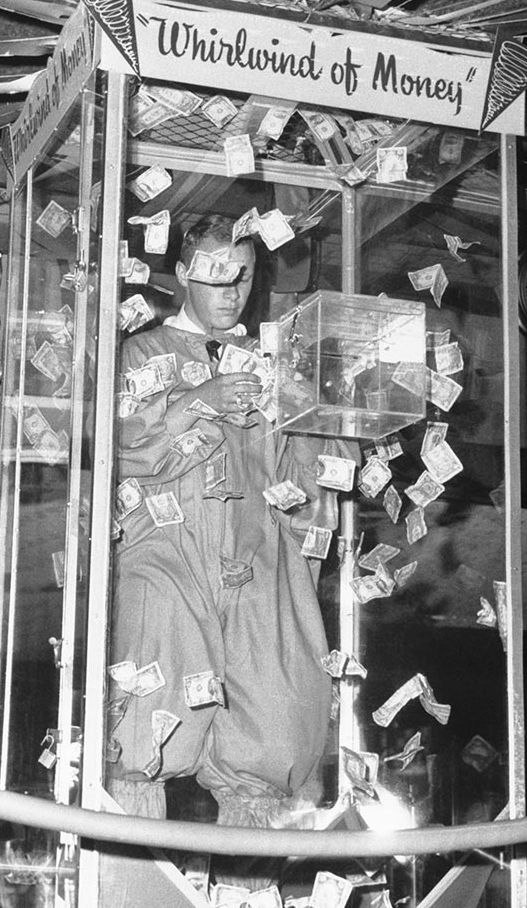|
图表就像是“数字地图”,可以让看的人一目了然。成功的演说者应该就这些数字、图表加以诠释,让听众即刻掌握这些数字之间的关系。 The statistics I've just given show that Taiwan is definitely a youth-oriented market, and will remain so for another ten years. The companies that successfully target this segment have higher sales and larger market shares year in and year out. I've prepared a few diagrams showing which companies dominate the market, and the types of advertising they use to keep their sales.
我刚才给各位的统计数字说明台湾的确是一个以年轻人为导向的市场,而且未来十年之内仍然会继续是这种状况。因此看准了并打进这个市场区间的企业,每年就能有较高的业绩和市场占有率。我另外还准备了一些图来说明是哪几家公司主宰了目前的市场,以及这些公司运用哪些广告来维持他们的业绩。 This bar chart shows the top four companies and their market shares: the American Jonny&Jammy Company leads the pack with 29%, followed by the domestic firm, V08, at 21%. The Japanese MARUMI is next with 17%, and the French company, La-Rose, is last with 12%. The next chart, a pie graph, shows a breakdown of their advertising: the largest wedge at 62% represents TV commercials; a quarter of their budget goes to magazine and newspaper ads, and the remainder is for purchasing advertising and posters placed in shops where their products are sold.
从这个条形图表可以看出四家最大的公司以及他们的市场占有率。美国的Jonny&Jammy公司以百分之二十九领先群雄,其次是本地的厂家V08,拥有百分之二十一的市场占有率;再下来是日本的MARUMI,拥有百分之十七;法国的La-Rose居末,占了百分之十二的市场。第二个图表是个圆形百分比图,显示这几家公司的各类广告比重。比率最大的那个扇形是电视广告,占百分之六十二;报刊杂志占了百分之二十五,其余的则是促销广告和海报等贴在产品销售卖场的广告。
Notes: 1. youth-oriented 以年轻人为导向的
youth是"青少年人"的意思。基本上各年龄层的泛称有:children(小孩)、teenagers(青少年)、adults(成年人)和the elderly(老年人)。
I suggest youth-oriented commercials when we introduce the new cereal.
我建议推出新的麦片时,打以青少年为导向的电视广告。
2. year in and year out 每年;年复一年
In 和out在这里是指"出"、"入",也就是"来"、"去"的意思。"年来年又去",给人一种连续不断的感觉,有强调的意思。其实它就是指 every year、year after year。
Year in and year out, Ven-Ven is a leader in creative advertising.
年复一年,文文公司仍是创意广告的龙头。
3. lead the pack 领先群雄
Pack 常用的意思是"包;捆",如:a pack of cigarettes(一包香烟);但在这里是指"一群(人)"。整个词组原来是说有一群人在赛跑,其中一人超越了其它竞赛对手,居于领先地位。现在只要是形容某人在团体中表现最好,就可以用这个词组。
Because she studied hard, she led the pack in the race to get into a good university.
她读书很用功,因此考试成绩比其它人好,进了好大学。
句型总结
● 图表的说法与用途
1. What we have here is a bar chart showing...
2. Our monthly sales are shown on this X/Y graph.
3. These three pie graphs each present...
4. The next diagram illustrates...
基本的图表通常有chart、graph 和 diagram。这三个词在意义上原本有细微的差异,但现已互相通用了。图表的种类有很多,最常使用的几种是 bar chart条形图,line chart曲线图(又称 X/Y graph,X/Y坐标图),以及 pie graph圆形百分比图。条形图使人容易看出单一方面的数目,譬如业绩;圆形百分比图则可以看出每一方面占整体的比率。X/Y坐标图能让人清楚地看出两个因素之间的关系,譬如"每月"的"业绩"。每提到一个图表时,要先说出该图表的种类或名称。
● 指出图表某部份
1. The longest bar is...
2. This group of thin wedges shows...
3. The lowest point on the graph is…
解释图表内容时,将每个部份所代表的数字或比率说出来即可。但解释百分比图时,也可加入每个项目彼此或与整体之间的关系,譬如 the largest(最多的……)及 the remainder(其余的……)。另外,在圆形百分比图中的每一部分都可以称为 wedge(扇形)或 slice(片),如 "the smallest wedge / slice shows..."。至于X/Y坐标图就比较复杂,并行线称为 X axis(X轴),垂直线称为 Y axis(Y轴),图上的任何 (X,Y)坐标都是一个 point(一点)。通常要指出曲线上某一点时,最好能明确地指出来,不然就要把X与Y轴所代表的事物明白讲清楚。
● 说明图表的意义
1. This bar chart shows the growth in our sales.
2. Here is a graph showing the growth in our sales.
3. Each bar on the chart represents the growth in our sales.
4. The wedges on this pie graph illustrate the growth in our sales.
5. This diagram focuses on the growth in our sales.
说明图表的意义要简单明了,一句话就能让听众明白。例如文中提到条形图时,立刻表明这张图分别代表the top four companies 和 their market shares(这些称为图表的 factor(s));而看到圆形百分比图时,就表示这张图 "shows a breakdown of their advertising..."。注意,表示整个图所代表的意义用动词 show,而表示图中各部分的要用 represent。
上海理工大学通讯员何旖文供稿 | 







